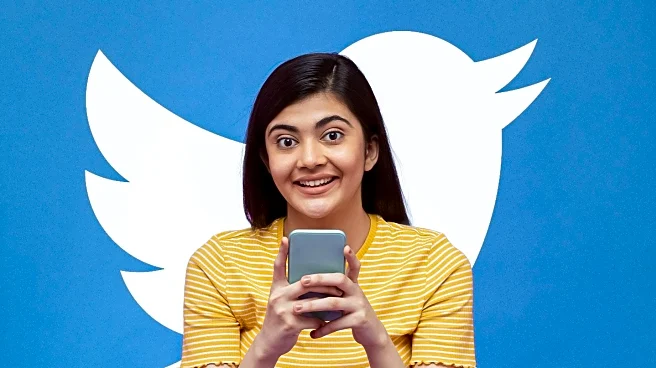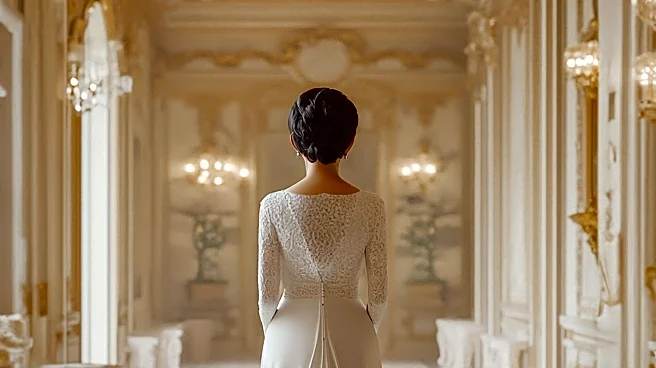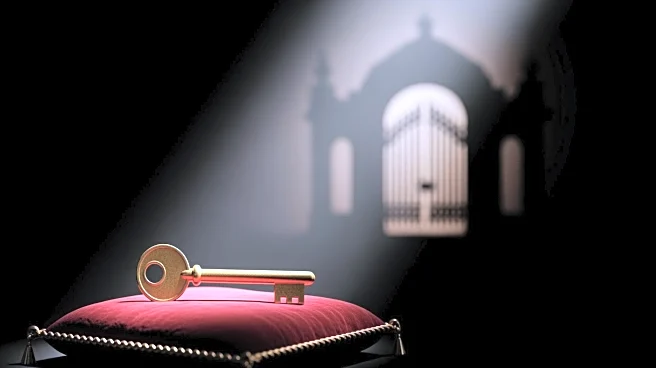What's Happening?
Latin content creators are gaining popularity by embracing the Halloween spirit with a unique cultural twist. These creators, including Victoria Venin, Hauntina, and Backstitch Bruja, are blending traditional
Latin American folklore with modern horror aesthetics to create engaging content. Their work spans various platforms, including Instagram and TikTok, where they share fashion, DIY projects, and horror-themed content. This movement reflects a broader cultural appreciation for the spooky season, influenced by Latin traditions such as Día de los Muertos and a fascination with horror films and music.
Why It's Important?
The rise of Latin content creators in the Halloween space highlights the growing influence of multicultural perspectives in the entertainment industry. By incorporating elements of Latin American culture, these creators are expanding the representation of diverse voices and traditions in mainstream media. This trend underscores the importance of cultural inclusivity and diversity in content creation, offering new opportunities for brands and entertainment companies to connect with a wider audience. It also reflects the increasing consumer interest in culturally rich and unique content.
What's Next?
As Latin content creators continue to gain traction, there may be increased collaboration with brands and entertainment companies seeking to tap into the cultural richness of their work. This could lead to more opportunities for these creators to participate in events, promotions, and partnerships that celebrate their unique perspectives. Additionally, the growing popularity of multicultural content may encourage other creators to explore and incorporate diverse cultural elements into their work, further enriching the entertainment landscape.
Beyond the Headlines
The success of Latin content creators in the Halloween space highlights the potential for cultural exchange and collaboration in the entertainment industry. It raises questions about the role of social media in amplifying diverse voices and the impact of cultural representation on audience engagement. This movement may contribute to broader discussions about the importance of inclusivity and diversity in media and the ways in which cultural heritage can be celebrated and shared through creative expression.











